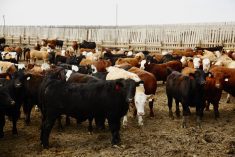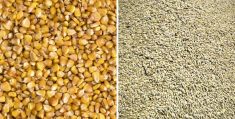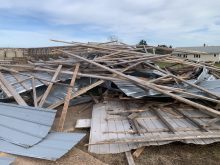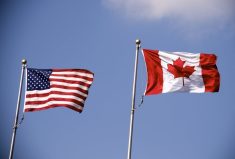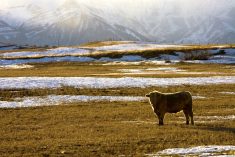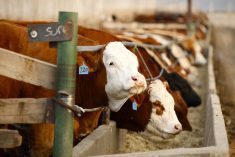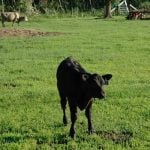When I started writing for Canadian Cattlemen many years ago, I had the pleasure of talking to an old-time cattle feeder. He gave me some extraordinary wisdom. He stated if you want to be a successful analyst in the cattle market, you need to focus on economy and consumer spending.
Since the recession in 2020, the cattle market has been in a straight upward trend as the economy expanded. Wage and job growth along with government stimulus have enhanced beef demand and overall inflation. Many analysts and cattle producers focus on calf crops and cattle-on-feed numbers. This data is important. However, I assure you if you were just going by the data for beef production, you could never have forecasted the current price structure. U.S. beef production during 2022 finished at 28.291 billion pounds, up from the 2021 output of 27.937. Despite the year-over-year increase in production, the cattle and beef market continued to trend higher.
There are four stages of the business or economic cycle. These include the trough, expansion, peak and contraction. I’m going to use two examples from history to prove my point. Below is a line chart of the monthly live cattle futures from 1970 to 1984. In both examples, I’ve drawn a line from the lowest point of recession to the exact peak of economic growth. The first case is from November 1970 to November 1973. Live cattle futures moved from a low of $28 to a high of $54. Prices nearly doubled in this three-year period.

The next major economic expansion occurred from March 1975 to January 1980. Prices moved from a low of $41 to a high of $77. This is a 187 per cent increase from the low to the high. It’s also important to note in 1974, before the recession, interest rates were in the range of 10 per cent to 12 per cent. When the economy was at the lowest point of the trough period in 1976, interest rates dropped to five per cent. We all know how interest rates reached record highs in the early ’80s at 20 per cent to stall out the economy and slow consumer spending. U.S. inflation topped out at 18 per cent in May 1981.
Read Also
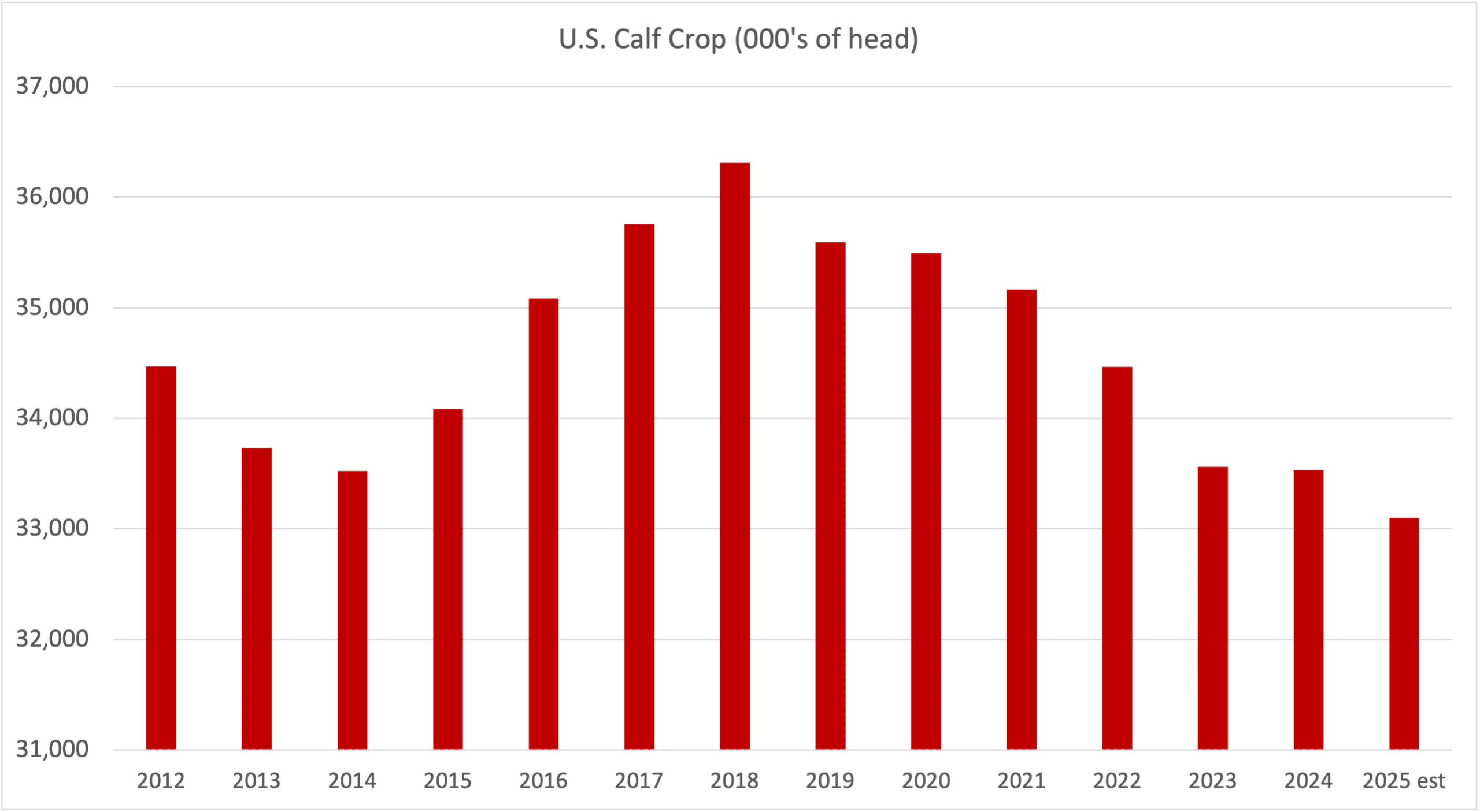
Factors influencing cattle feeder market during the fall of 2025
Market analyst Jerry Klassen weighs in on live cattle markets
To expand on this further, the cattle herd was in a contraction phase during the recession. The high cattle prices during 1979 and 1980 caused the U.S. cattle producer to expand the herd. The herd expansion continued for two more years when interest rates were at the historical highs. The main takeaway from this example is that the U.S. cattle herd expanded for two years while interest rates were at historical highs. Consumers were reining in spending from 1980-82 and the cattle market was trending lower.
There are many similarities to the current market environment. Interest rates have been increasing since March 2022 and are at the highest levels since the 1980 recession. I’ve included my GDP projections for the third and fourth quarters of 2023 and the first quarter of 2024 (see below). The Canadian economy is slowing down with GDP only at 0.2 per cent in the second quarter of 2023. By the end of the year, the Canadian economy will likely be in contraction mode. U.S. 2023 third-quarter estimates were in the range of 4.5 per cent to 5.8 per cent earlier in August but have since been trimmed to only four per cent. Keep in mind that four per cent is stellar growth. Readers need to be aware that the U.S. growth pace will likely slow in the fourth quarter of 2023 and first quarter of 2024. The third quarter of 2023 may be the top of the peak phase of the U.S. economic growth.

The U.S. January through July beef cow slaughter was 2.336 million head, down 302,800 head from the same time last year. Comments from the industry south of the border suggest we’ll see 300,000-400,000 heifers held back for herd expansion this fall. When the cattle herd moves into expansion, feeder cattle prices surge. The higher the price, the less is supplied to the market. It never fails. The U.S. cattle producer is expanding the herd at the peak of economic expansion.
Beef demand is going to slow next year as consumers rein in spending. The market won’t fall apart but there is potential for a serious retracement in prices in the latter half of 2024. Keep in mind that beef demand is inelastic. A small change in supply has a large influence on the price.
Cow-calf and backgrounding operators: make sure you have your price insurance in place on all cattle. The cattle market trends lower as the herd expands and economic growth slows.



